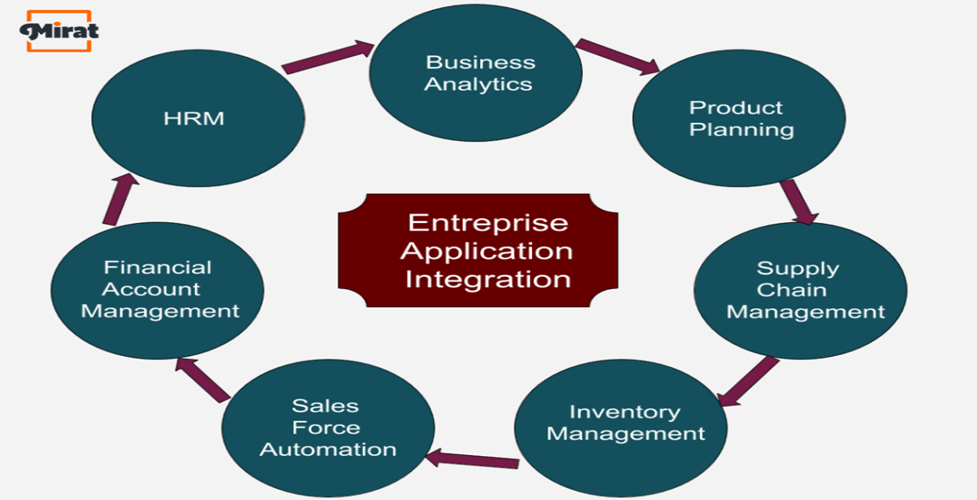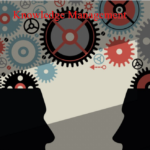When a company expands in size, it uses a growing number of enterprise applications integration (EAI) to streamline the management of front and back-office tasks.
Corporate apps do not have automated communication options, and so the tools do not talk to each other, nor do they replicate the data or have a sharing policy. Minimal interaction means hyper confusion and epic inefficiencies.
- If critical data is gathered in one program entry, it must be manually entered into others.
- If critical data is changed in one program, the changes are not reflected in other apps; the changes must be entered manually.
- If an program entry requires data from another program entry, the user must manually look for that data.
These inefficiencies can lead to poor information access, administrative delays, and slower business operations.
Mirat.ai is a state-of-the-art, automated, and modern integration solution out there that is cost-effective and user-friendly. If you are looking for resourceful solutions with no added expense, MIRAT could be THE TOOL for you.
Corporate Application Integration (EAI), the adoption of technology that promotes communication across enterprise integrations, solves the absence of communication between enterprise apps.
Enterprise integration application creates a middleware infrastructure that allows data to flow freely across program entries while requiring no changes to database setups or the apps themselves, resulting in a quicker process and better data availability.
Why Should You Use Enterprise Application Integration?
Enterprise applications are software tools that huge corporations rely on to handle their most difficult problems. They are frequently too huge and sophisticated for an individual or, in certain cases, a small corporation to implement.
It is easy to host enterprise integrations. On-site data centers of the firm can be used. If you want a third-party service provider to manage it for your enterprise, then it’s totally doable. They can even be hosted on private cloud servers, and some large enterprises have moved their program entries to public cloud infrastructures.
Amongst the most prevalent types of enterprise applications are:
- Accounting software
- Billing systems that are automated
- A platform for business analytics and intelligence
- Business resiliency planning (BCP)
- CMS (content management system)
- Tools for customer relationship management (CRM)
- Email marketing software
- Enterprise resource planning (ERP) (ERP)
- Business messaging systems
- Processing of payments
- program entry for the service desk
Integration of Data
EAI systems that deploy many externally and internally facing program entries must integrate data from those program entries, assuring database synchronization and optimizing data access and availability across the organization.
Mirat.ai adheres to every company policy and its unique trial poll system gives you a peek into every running program entry under one scan.
Independence of Vendor
EAI systems reduce the dependence of your enterprise on individual software and bring together business policies and rules from apps into a middleware framework. Instead of customizing every app with business policies, EAI can be customized and molded as per business policies. This helps the enterprise to reinvent and swap out old apps. They can select new service providers without the hackle of customizing their policies.
Mirat.ai’s IT Infrastructure Management is Affordable & Easy to use! Get your Dashboard ready in only 5 Minutes. Request for Trial/Demo now (or) Contact our Team Now .
Contact Information:
Hema
Sales Executive
Phone: +1-315-636-4213
Email: sales@mirat.ai
Website: https://www.mirat.ai/


